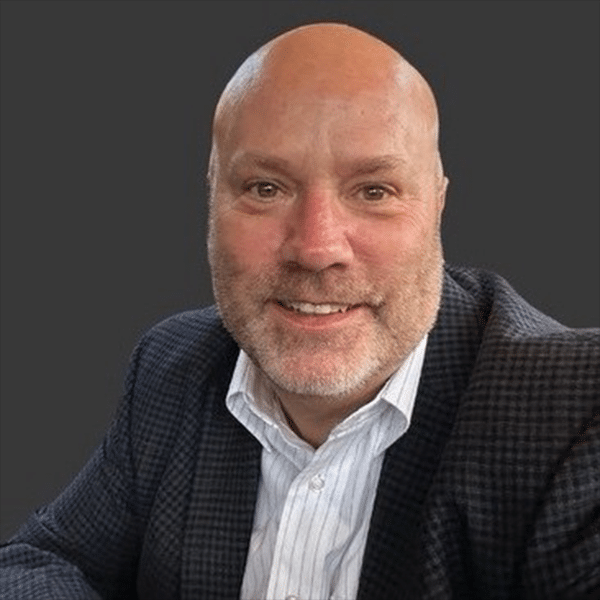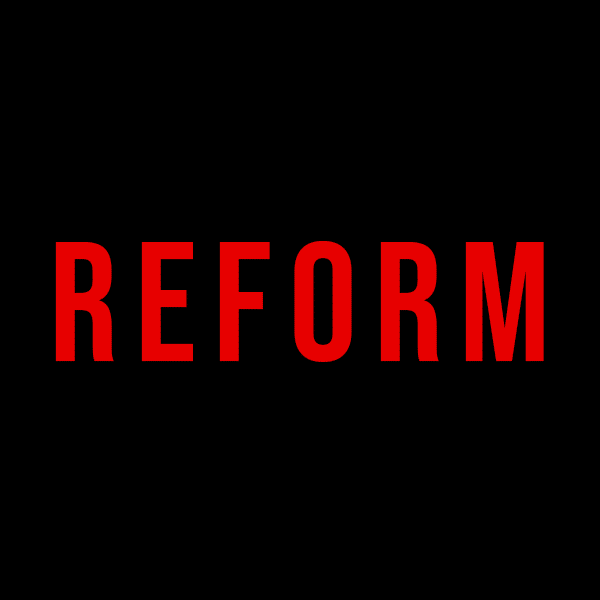North Dakota has the potential to be the first state in the country to bring a fiber connection to 100% of their broadband service locations.
Brian Newby, the State Broadband Program Director, said North Dakota is in this position thanks to their forward-thinking providers: “The state had nothing to do with it.”
When he spoke with Telecompetitor, Newby said a provider-led push led to the current reality in which North Dakota enjoys broad fiber coverage. “They went out on a limb as a group and borrowed money to do this over the years. It was their own foresight and leadership to do that.”
Newby worked for Sprint for 20 years (1985-2004), initially developing their relay service for deaf and hard-of-hearing people and eventually moving into their wholesale services group. His career took a turn when he became Election Commissioner for Johnson County in Kansas from 2005-2015 and Executive Director of the U.S. Election Assistance Commission from 2015-2019.
An opportunity to become North Dakota’s State Elections Director took Newby back to the Midwest. After election work became too “crazy,” Newby combined his government experience and his telecommunications background, becoming North Dakota’s State Broadband Program Director in March 2023. He is one of just two full-time staff members in the state’s broadband office, working with Guidehouse to augment their small team.
BBSLs and TBBSLs
Because North Dakota has a relatively small number of underserved or unserved locations — compared to states of similar size — the state received $130 million in Broadband Equity, Access, and Deployment (BEAD) Program funds, just a little over the $100 million per-state minimum.
Newby said the $130 million North Dakota received for broadband expansion was “about what we expected based on the analysis.” His frustration is not with the amount of funding the state received but with the map challenge process.
To get to 100% fiber, Newby is contending with the difficult process of updating the FCC’s National Broadband Map. “We’ve been trying to get locations off the map with very limited success,” said Newby. Playing on the BEAD designation of broadband service locations (BSLs), he added, “I’ve come up with my own acronyms: BBSLs — Bogus Broadband Service Locations — and TBBSLs — Truly Bogus Broadband Service Locations.”
Newby offered examples of BBSLs and TBBSLs. A BBSL might be two supposedly eligible locations on the same property, where “one is in the driveway, and another is in the field.” He described “five homes in Minot that have fallen into the river” as examples of what he calls TBBSLs.
“If those had never been on the map and we’d gotten $100 million versus $130 million, we might have been better off because we wouldn’t be spending time working on the maps,” Newby said. “But here we are: we have a little more money than we did, and we’ll work through the maps.”
How North Dakota Will Spend Its Broadband Funds
North Dakota’s broadband efforts are completely funded by federal programs. “When these programs end, we’ll close up shop,” says Newby. “We have money from the [U.S. Treasury Department] Capital Projects Fund — about 11 projects with seven providers and $37 million to reach 2,200 locations.”
Newby believes that, after the BEAD challenge process, North Dakota will have roughly 2,000 locations left to reach with fiber. “If you were to go nuts and say they will cost twice as much as the locations reached through Capital Project Funds, that would be $75 million. We’d still have $45 million for non-deployment efforts, after administrative costs.”
Newby hopes the state’s contribution will be to waive the income tax for any federal grant funds. “Our concern is whether we’ll have bidders,” he said. “We will for maybe 800 locations. But will we for the remaining 1,200, or however many are left after we get rid of the BBSLs and TBBSLs? We’re trying to make it as easy as possible. I have providers saying if they have to pay the federal income tax, they won’t do it.”
For dispersed locations — what Newby calls “Swiss cheese locations” — Newby and his team are exploring how BEAD funds can help include some middle-mile development into last-mile projects. He hopes these projects might have a “multiplier effect,” driving economic growth in other sectors through broadband projects.
In the next few months, Newby plans to learn more about local efforts and how BEAD funds may be able to ease their burden. “Maybe there’s a project that includes telecommunications, and that part could be covered by BEAD. That would allow providers to do other things with those project funds. We’re trying to brainstorm with our carriers, bounce it against the NOFO, and see what we can do.”
Looking Toward the Future
When asked about North Dakota’s broadband deployment timeline, Newby expressed his wish that the National Telecommunications and Information Administration (NTIA) approval cycles were faster. “I expect final approval [of the state’s BEAD proposal] to take a year. I would challenge anyone who says ‘Really?’ by saying, ‘What is it about the past that makes you think it will go faster?’”
If his prediction about the final approval proves accurate, Newby thinks March 2026 is the earliest engineering will start. “Now you’re four years out,” he said, guessing it will be “March of 2030 before the networks are ready, and possibly into ’31 or ’32. We’re hearing NTIA say it was always a ten-year program, but that’s revisionist history.”
Still, Newby is hopeful about what the future may bring for North Dakota: “I think we have the best chance possible to be the first — and maybe the only — 100% fiber state. We are in a unique position that we have the dollars to pay for it.”
“What we don’t want to happen — we’ve been saying this pretty publicly a lot lately — is to have $100,000 budgeted for a location and have NTIA say, ‘That’s too much, so you have to use alternative technology.’”
While alternative technologies may be right for some states, Newby wants North Dakota to be 100% fiber. He said there should be “56 different conclusions to this story for the 56 states and territories” [receiving BEAD funds].
“We think we have the opportunity to be 100% fiber. Please, NTIA, don’t mess it up.”
Additional information about North Dakota broadband, including state funding resources, awards made, and state-specific coverage, can be found on the Telecompetitor Broadband Nation webpage for the state.


